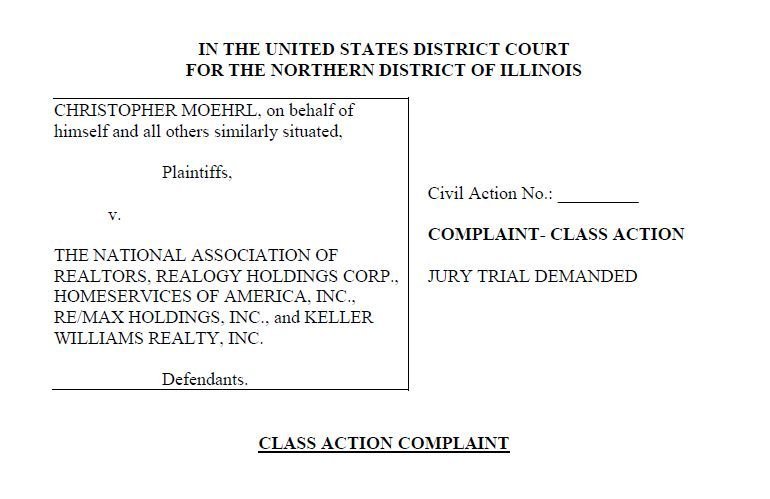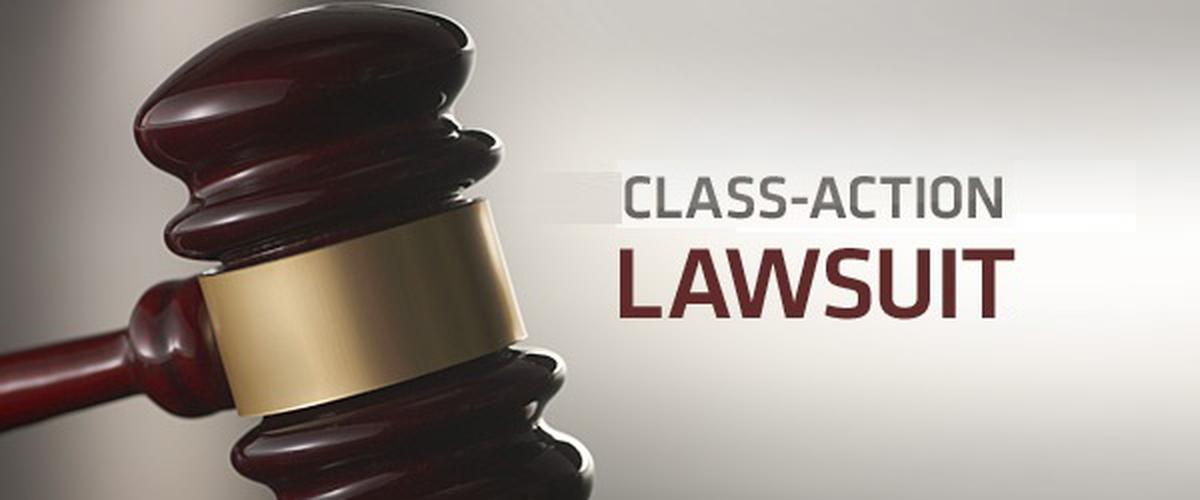Checking Out Class Action Legal Actions: What You Required to Know
Class activity suits have come to be progressively widespread in today's legal landscape, with people joining pressures to seek remedy against firms and organizations. In this discussion, we will certainly explore the ins and outs of course action claims, losing light on their meaning, the requirements for filing, and the possible benefits and disadvantages involved.
The Interpretation of Class Activity Suits
A course activity claim is a lawful action filed by a team of people who have similar cases versus an accused. Course action lawsuits are usually brought when the number of prospective plaintiffs is too large for private claims to be functional.
Among the crucial aspects of a course activity lawsuit is that the lead plaintiff, additionally recognized as the course agent, represents the passions of all the class participants. The court designates the lead plaintiff based upon their capacity to fairly and effectively stand for the class. The lead plaintiff works closely with the course activity attorney to construct a solid situation and look for compensation or other solutions on part of the entire course.
In order for a class activity legal action to continue, the court should certify the course. This implies that the court determines that the legal action satisfies certain needs, such as numerosity (a big enough variety of class members), commonality (typical inquiries of legislation or fact), typicality (the insurance claims of the lead plaintiff are typical of the course), and adequacy of depiction (the lead plaintiff and course counsel are qualified of standing for the class's rate of interests) Once the class is licensed, the suit can move ahead, and any judgment or negotiation got to will apply to all course members unless they select to opt-out.
Class activity legal actions serve an important function in providing accessibility to justice for individuals who might not have the resources to seek their cases separately. They also promote effectiveness in the lawful system by consolidating comparable cases right into a single activity, lowering the burden on both the court and the celebrations entailed.
Needs for Filing a Class Action Lawsuit

Another need is that the class needs to be adequately countless. The specific variety of course participants called for might differ relying on the territory and the nature of the situation. It is typically expected that the course has to be big enough that signing up with all the specific complainants into a solitary claim is a lot more efficient than having numerous different claims.
Additionally, it is necessary that the class representative, that is the individual or entity bringing the lawsuit in support of the class, has typical cases and defenses to those of the class members. The agent should also have the ability to effectively and relatively stand for the rate of interests of the whole class.

Advantages and Downsides of Class Action Claims
Course action claims provide both benefits and drawbacks for plaintiffs and defendants associated with the lawful process. On the one hand, among the substantial benefits of class activity claims is that they supply a efficient and affordable method for individuals with comparable insurance claims to pursue justice jointly. By settling many similar instances into one lawsuit, course actions simplify the lawful process and conserve time and resources for both offenders and plaintiffs.
One more advantage of class action legal actions is that they permit people with minimal resources to look for settlement for their damages. In situations where the possible recovery is little, specific lawsuits might not be financially viable. Nevertheless, by signing up with forces in a class activity, complainants can merge their resources and enhance their opportunities of getting a fair resolution.
Furthermore, class actions can advertise social adjustment by holding firms accountable for their actions. By accentuating prevalent misconduct or defective products, class actions can pressure companies to alter their techniques, boost item safety and security, or implement reforms.
However, class actions likewise have downsides. One possible negative aspect is that specific complainants might have restricted control over the litigation process and the supreme outcome of the case. The lead plaintiffs and their lawyers typically make essential decisions on behalf of the entire class, which might not constantly line up with the private passions of each course participant.
Furthermore, class actions can be extensive and taxing, often taking years to get to a resolution. The intricacy and size of these lawsuits can bring about hold-ups and long term lawsuits, which can be discouraging for both complainants and accuseds looking for a timely resolution.
Steps Associated With a Course Action Legal Action
The process of a class activity lawsuit commonly starts with the identification of a possible class and the declaring of a problem. Once a team of individuals that share similar insurance claims against an accused is identified, the lead complainant, or course agent, files an issue on behalf of the whole class. This problem outlines the claimed wrongdoing and looks for problems or other alleviation for all members of the class.
After the issue is filed, the court will certainly determine whether the instance meets the demands for course certification. These demands generally consist of numerosity (a huge enough course), commonness (similar legal cases), typicality (the lead complainant's insurance claims are depictive of the course), and adequacy of depiction (the lead complainant and their attorney can properly stand for the course's interests)
If the court accredits the course, notice is supplied to all potential course members, providing the opportunity to opt-out if they want to seek their own our website specific claims - Assertio class action lawsuit. If a sufficient variety of course participants remain, the situation will certainly proceed to the discovery phase, where both sides gather proof and information appropriate to the claims
Complying with exploration, the celebrations might engage in settlement arrangements or proceed to test. If the situation mosts likely to trial and the course prevails, the court will certainly figure out the proper problems or alleviation to be awarded to the course members.
Recent Landmark Course Action Suits
With a solid understanding of the steps associated with a class action suit, it is now important to examine some recent spots situations that have made a considerable impact in the legal landscape. Future FinTech class action lawsuit. These situations have not only shaped the way class activity claims are conducted however have additionally caused modifications in different industries
One such spots case link is the Volkswagen discharges rumor, which led to the largest class action negotiation in vehicle background. This deception affected millions of consumers worldwide, leading to a course action legal action.
One more notable situation is the Johnson & Johnson talcum powder legal action. Countless females filed claims against the business, declaring that their baby powder items caused ovarian cancer cells. In 2018, a jury awarded $4.7 billion in problems to 22 complainants. This situation elevated issues concerning the safety of baby powder and motivated Johnson & Johnson to modify their product labeling.
These recent site instances show the power of course activity legal actions in holding corporations responsible for their activities and looking for justice for damaged people. They act as examples of exactly how course activity legal look at here now actions can bring about significant modifications and secure the rights of consumers.
Conclusion
In conclusion, course activity suits are a legal mechanism that permits a team of individuals to jointly look for justice for a typical grievance. Recognizing the steps and needs included in filing a course action suit is crucial for individuals seeking to pursue this lawful opportunity.
One of the key components of a course action legal action is that the lead plaintiff, also recognized as the class rep, stands for the interests of all the course members.In order for a course action legal action to proceed, the court must certify the class. This indicates that the court figures out that the suit fulfills specific needs, such as numerosity (a large adequate number of class participants), commonality (usual questions of legislation or fact), typicality (the insurance claims of the lead plaintiff are regular of the class), and competence of representation (the lead plaintiff and course counsel are qualified of representing the course's interests) When the course is certified, the claim can relocate forward, and any kind of judgment or settlement reached will use to all course members unless they choose to opt-out.
The process of a course action suit typically begins with the recognition of a possible class and the declaring of a problem.
Comments on “Future FinTech Class Action Lawsuit: Understanding Your Rights”